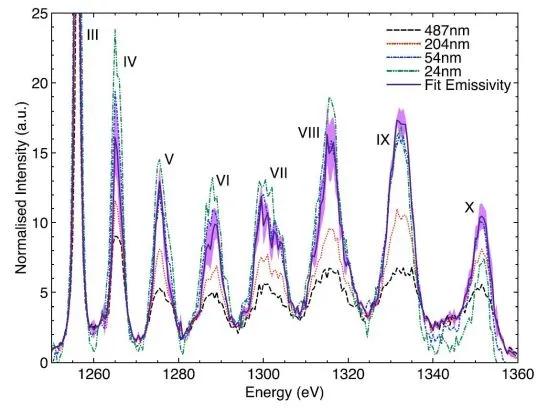The generation of uniformly dense and uniformly heated high-density plasmas created sufficiently rapidly so as to prevent significant hydrodynamic motion during their diagnosis has long been a goal in the field of laser-matter interactions, as such plasmas would provide an environment to make benchmark tests of several fundamental optical, thermodynamic, and transport properties of strongly coupled matter which are important for furthering our understanding of systems relevant to astrophysics , planetary science , and inertial confinement fusion. While heating matter with electrons or ions driven by short-pulse optical light has afforded significant progress in this area, it is with the advent of free-electron lasers (FELs) operating in the x-ray regime, such as the Linac Coherent Light Source (LCLS), that the capability to create hot plasmas at exactly solid densities has been conclusively demonstrated, with the relatively long absorption depths of x rays and absence of prepulse allowing micron-scale matter to be heated on femtosecond time scales with negligible longitudinal temperature variation
